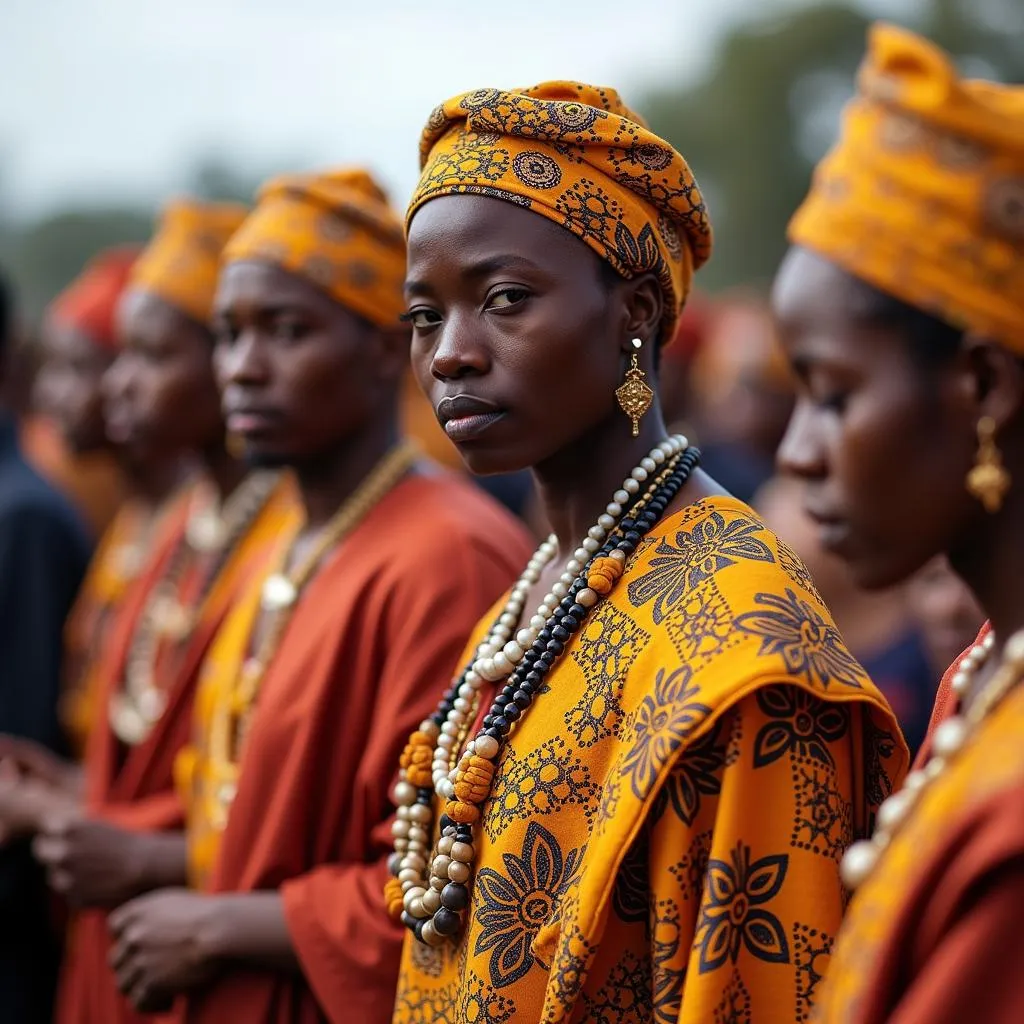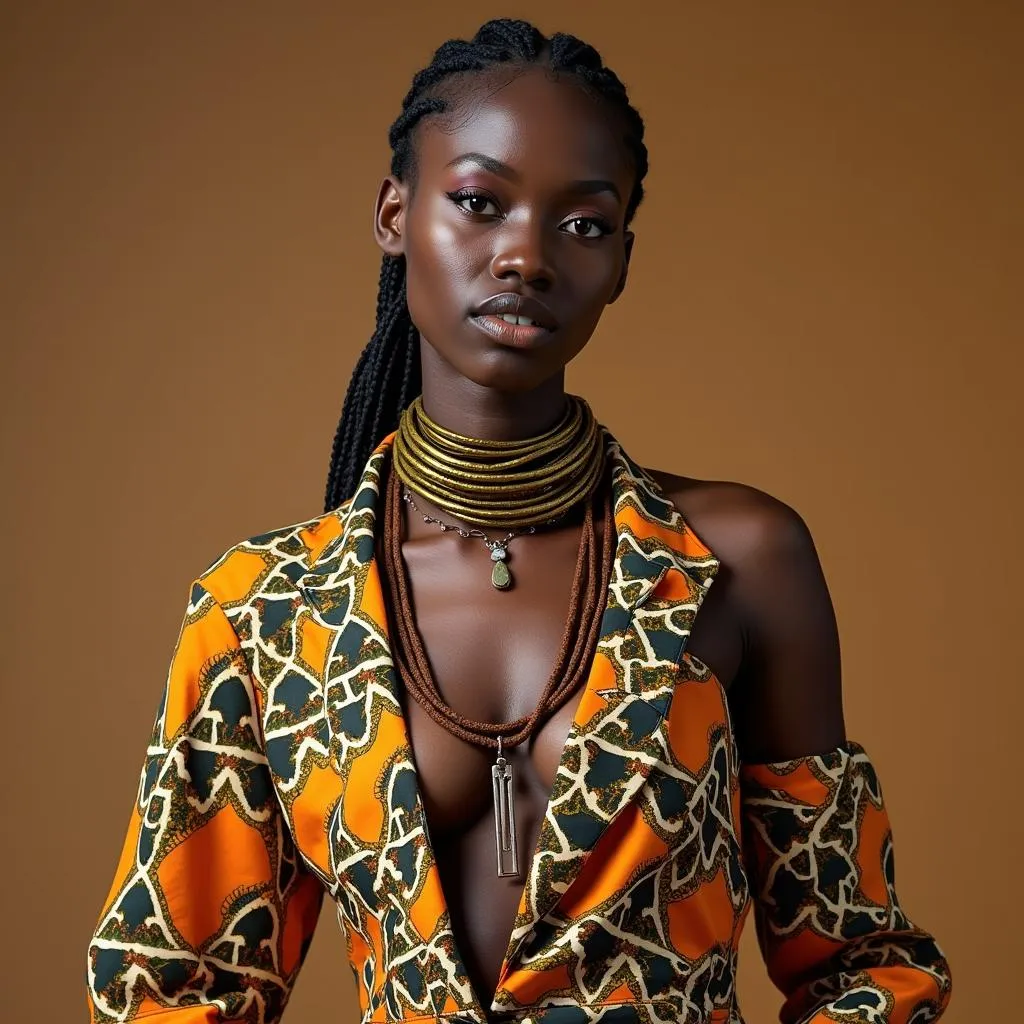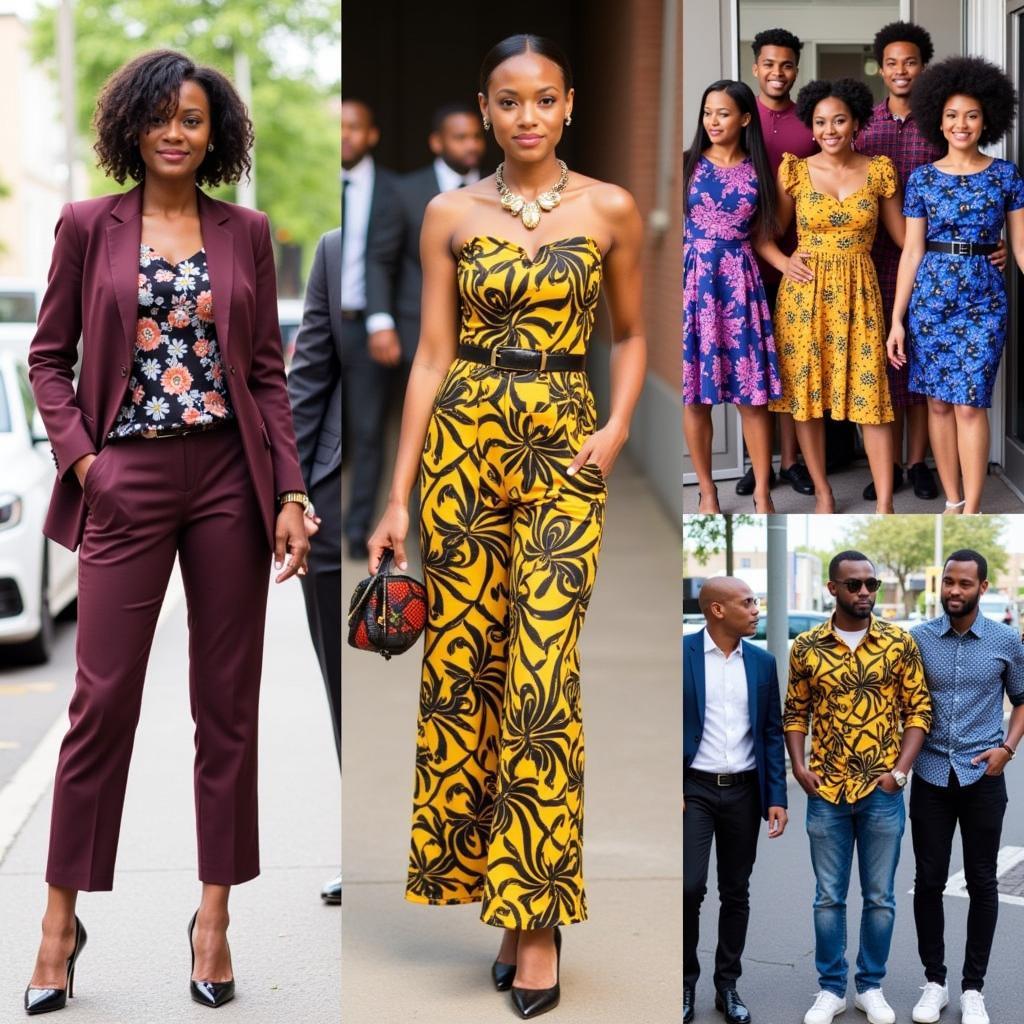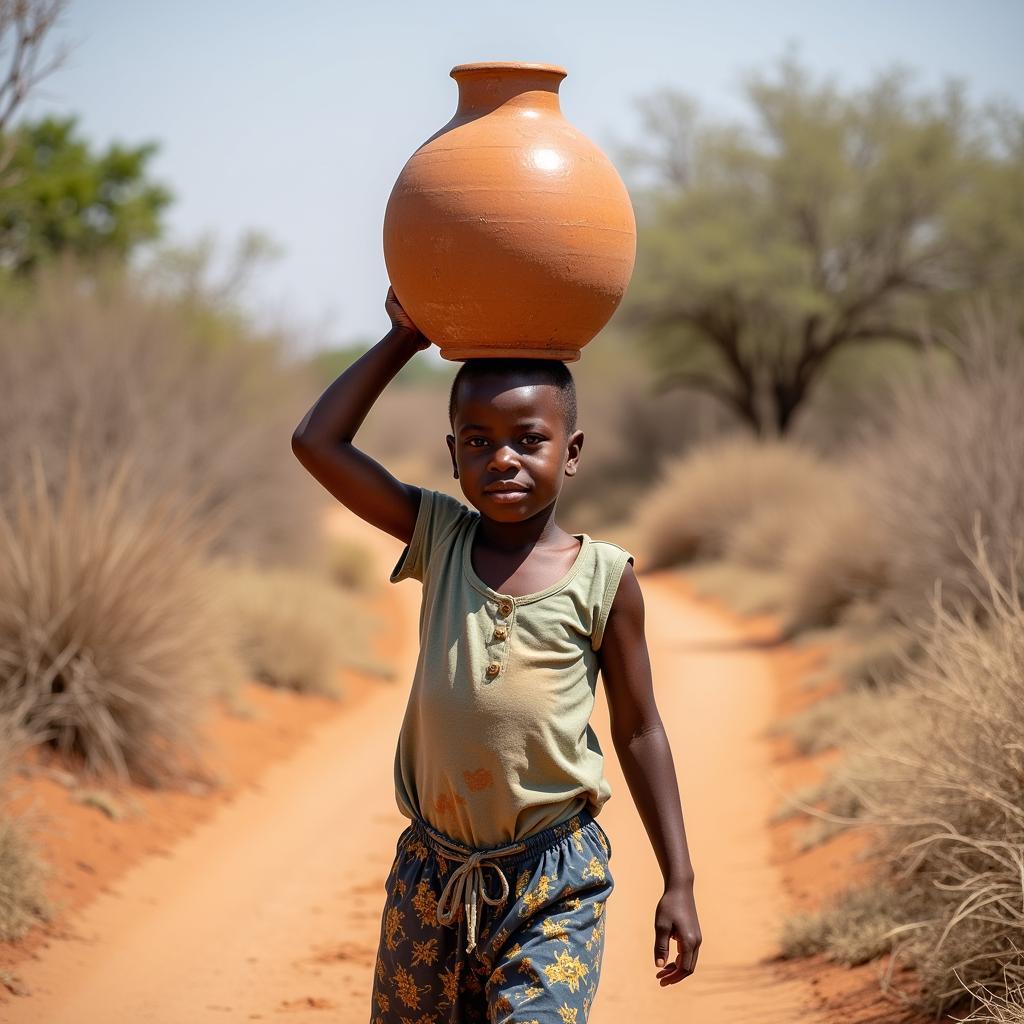A Journey Through Time: Exploring the History and Culture of African Clothing
African clothing is more than just fabric; it’s a vibrant tapestry woven with threads of history, culture, and identity. From the intricate patterns of traditional garments to the modern fusion of styles, African clothing tells stories of resilience, creativity, and a rich heritage that continues to inspire and captivate the world.
The Roots of African Fashion: A Tapestry of Tradition and Innovation
The history of African clothing is as diverse as the continent itself, with each tribe and region developing unique styles that reflect their beliefs, environment, and way of life.
Early Influences: Early forms of African clothing were often made from natural materials like animal skins, bark cloth, and leaves. These garments served both practical purposes, offering protection from the elements, and symbolic ones, signifying social status, tribe affiliation, and spiritual beliefs.
The Impact of Trade and Colonization: The arrival of trade routes and colonial influence brought new fabrics, materials, and styles to the continent. From vibrant indigo dyes to intricate beadwork, the exchange of ideas and techniques led to a fusion of traditional and foreign influences, creating a new chapter in African fashion.
The Power of Storytelling: African clothing is a powerful storytelling medium. Colors, patterns, and designs hold deep meaning, often narrating stories of ancestors, rituals, and beliefs. For instance, the intricate beadwork of the Maasai in Kenya and Tanzania serves not only as adornment but also as a visual representation of their history, culture, and social standing.
Beyond Garments: African Clothing as a Reflection of Identity
African clothing is more than just an outfit; it’s a statement of identity, a symbol of pride, and a reflection of a rich and dynamic cultural heritage.
A Tapestry of Tribes: The continent boasts a wide array of tribes, each with its unique fashion traditions. The vibrant kente cloth of Ghana, the colorful dashiki of West Africa, and the flowing gowns of the Himba in Namibia are just a few examples of the diverse styles that adorn the African landscape.
Beyond Functionality: The Art of Adornment
African clothing extends beyond basic garments to encompass an array of accessories and adornments that elevate the wearer’s aesthetic and symbolize their social standing, status, and identity.
The Role of Rituals and Ceremonies: Traditional African clothing plays a significant role in ceremonies and rituals, marking major life events and connecting individuals with their ancestors and cultural heritage. From elaborate wedding garments to striking funeral attire, clothing serves as a visual expression of important traditions.
The Modern Evolution of African Fashion:
In recent years, African fashion has experienced a global resurgence, with designers embracing modern trends while staying true to traditional aesthetics. From the contemporary designs of Fatima Jallow (award-winning designer and co-founder of The Gambia’s first fashion school) to the vibrant creations of Ozwald Boateng (Ghanaian-British designer known for his tailored suits and signature “African Dandy” aesthetic), the future of African fashion looks bright and promising.
The Enduring Legacy of African Clothing
The influence of African clothing extends far beyond the continent, inspiring global fashion trends and influencing designers across the world.
A Global Inspiration: From the bold prints of the 1970s to the contemporary streetwear scene, African patterns, colors, and textures have been adopted by international designers, reflecting a growing appreciation for the continent’s vibrant cultural legacy.
A Celebration of Diversity: African clothing is a testament to the diversity and richness of the continent’s cultures. It’s a reminder that fashion can be a powerful tool for expressing identity, preserving heritage, and celebrating the unique beauty of the African diaspora.
The Future of African Fashion:
As the world becomes increasingly interconnected, African fashion is poised for continued growth and influence. With a new generation of designers pushing the boundaries of creativity and reimagining traditional styles, the future of African clothing holds immense potential for innovation and cultural expression.
FAQ
Q: What are some of the most common fabrics used in African clothing?
A: African clothing is crafted from a wide range of materials, including cotton, silk, leather, beads, and woven fabrics like kente cloth and bogolanfini.
Q: How does African clothing differ from Western clothing?
A: African clothing is often characterized by vibrant colors, intricate patterns, and unique silhouettes. Unlike Western clothing, which often emphasizes minimalism, African fashion embraces bold ornamentation and cultural symbolism.
Q: Where can I find African clothing?
A: You can find African clothing online, in specialty stores, and at cultural events. Many African designers have online shops and boutiques, offering a wide variety of styles.
Q: How can I incorporate African fashion elements into my wardrobe?
A: There are many ways to incorporate African fashion into your style. You can start by adding accessories like beaded necklaces, Ankara print scarves, or a colorful dashiki to your outfits.
Q: How has modern fashion been influenced by African clothing?
A: African fashion has significantly impacted modern trends, inspiring designers to embrace bold colors, intricate prints, and unique silhouettes.
 African Clothing: A Tapestry of Diverse Styles
African Clothing: A Tapestry of Diverse Styles
 African Clothing in Rituals and Ceremonies
African Clothing in Rituals and Ceremonies
 Modern African Fashion: A Blend of Tradition and Innovation
Modern African Fashion: A Blend of Tradition and Innovation
The beauty of African clothing lies in its ability to connect us to history, culture, and identity. Whether you’re a fashion enthusiast, a history buff, or simply curious about the world’s diverse cultures, delving into the captivating world of African clothing offers a unique and enriching experience.



